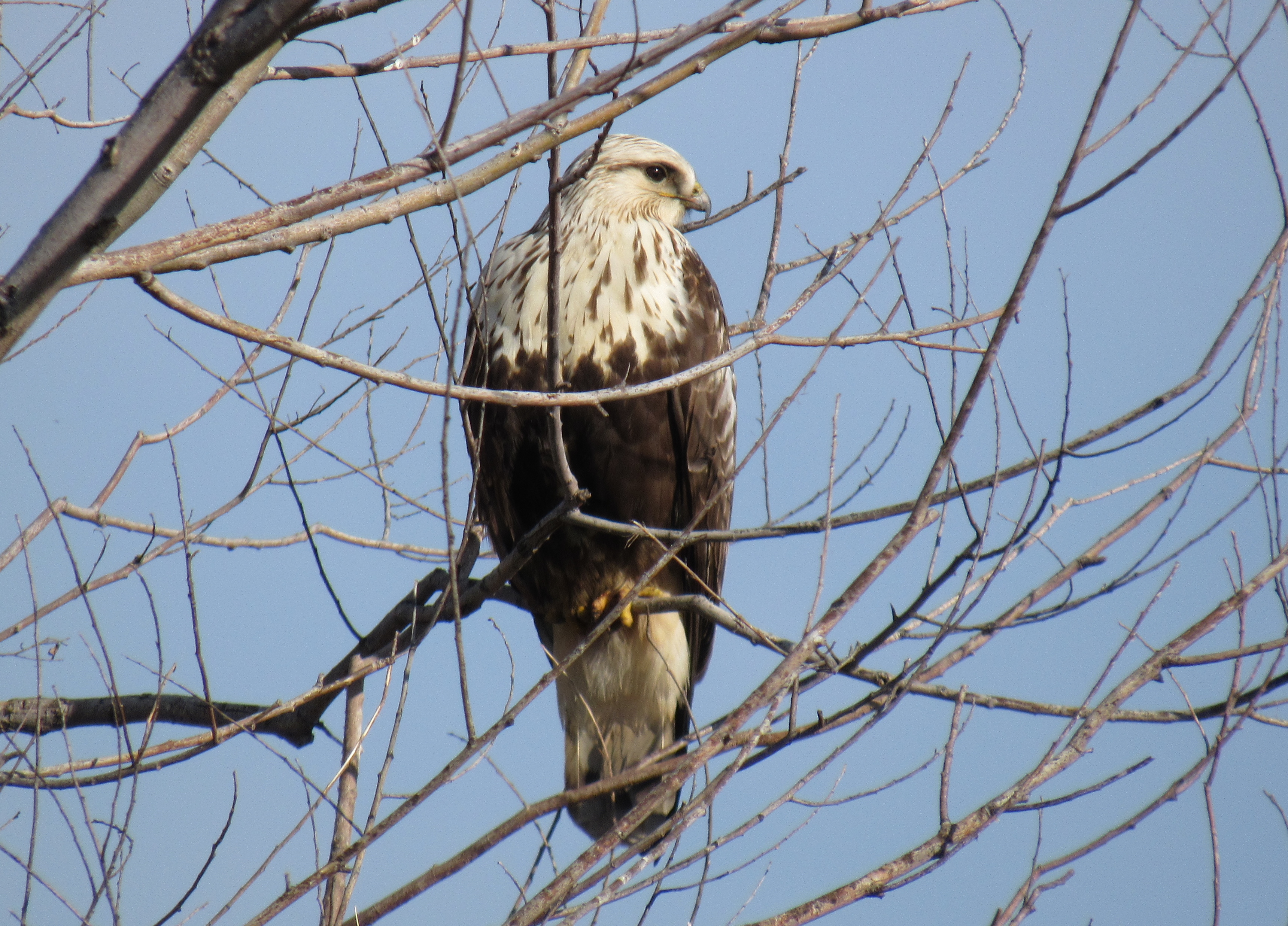South Texas Birding: Neotropical Migrants on South Padre Island

During the first week of April, Eric and I spent six amazing days birding in South Texas, starting in the McAllen area and ending on South Padre Island. Follow along with our journey here: Part I: Lower Rio Grande Valley Thornscrub and Woodland Part II: Coastal Prairie and Thornscrub Part III: Gulf Coast Wading Birds Part IV: South Padre Island Neotropical Migrants Situated along the western edge of the Gulf of Mexico, 113-mile-long Padre Island holds the distinction of being the world's longest barrier island. South Padre Island, as the southern portion of the barrier island is known, is a renowned beach vacation destination, spring break hot spot, and (most importantly) the location of extraordinarily good birding, particularly during spring migration. From late March through mid-May, birds migrating north from their wintering grounds in Central and South America to their breeding habitat in North America follow invisible yet ancient mig...




